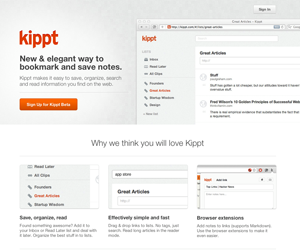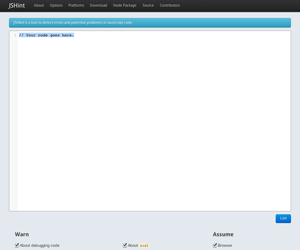Bootstrap, from Twitter
Simple and flexible HTML, CSS, and Javascript for popular user interface components and interactions.
Designed for everyone, everywhere.
Built for and by nerds
Like you, we love building awesome products on the web. We love it so much, we decided to help people just like us do it easier, better, and faster. Bootstrap is built for you.
For all skill levels
Bootstrap is designed to help people of all skill level—designer or developer, huge nerd or early beginner. Use it as a complete kit or use to start something more complex.
Cross-everything
Originally built with only modern browsers in mind, Bootstrap has evolved to include support for all major browsers (even IE7!) and, with Bootstrap 2, tablets and smartphones, too.
12-column grid
Grid systems aren't everything, but having a durable and flexible one at the core of your work can make development much simpler. Use our built-in grid classes or roll your own.
Responsive design
With Bootstrap 2, we've gone fully responsive. Our components are scaled according to a range of resolutions and devices to provide a consistent experience, no matter what.
Styleguide docs
Unlike other front-end toolkits, Bootstrap was designed first and foremost as a styleguide to document not only our features, but best practices and living, coded examples.
Growing library
Despite being only 10kb (gzipped), Bootstrap is one of the most complete front-end toolkits out there with dozens of fully functional components ready to be put to use.
Custom jQuery plugins
What good is an awesome design component without easy-to-use, proper, and extensible interactions? With Bootstrap, you get custom-built jQuery plugins to bring your projects to life.

Built on LESS
Where vanilla CSS falters, LESS excels. Variables, nesting, operations, and mixins in LESS makes coding CSS faster and more efficient with minimal overhead.
HTML5
Built to support new HTML5 elements and syntax.
CSS3
Progressively enhanced components for ultimate style.


